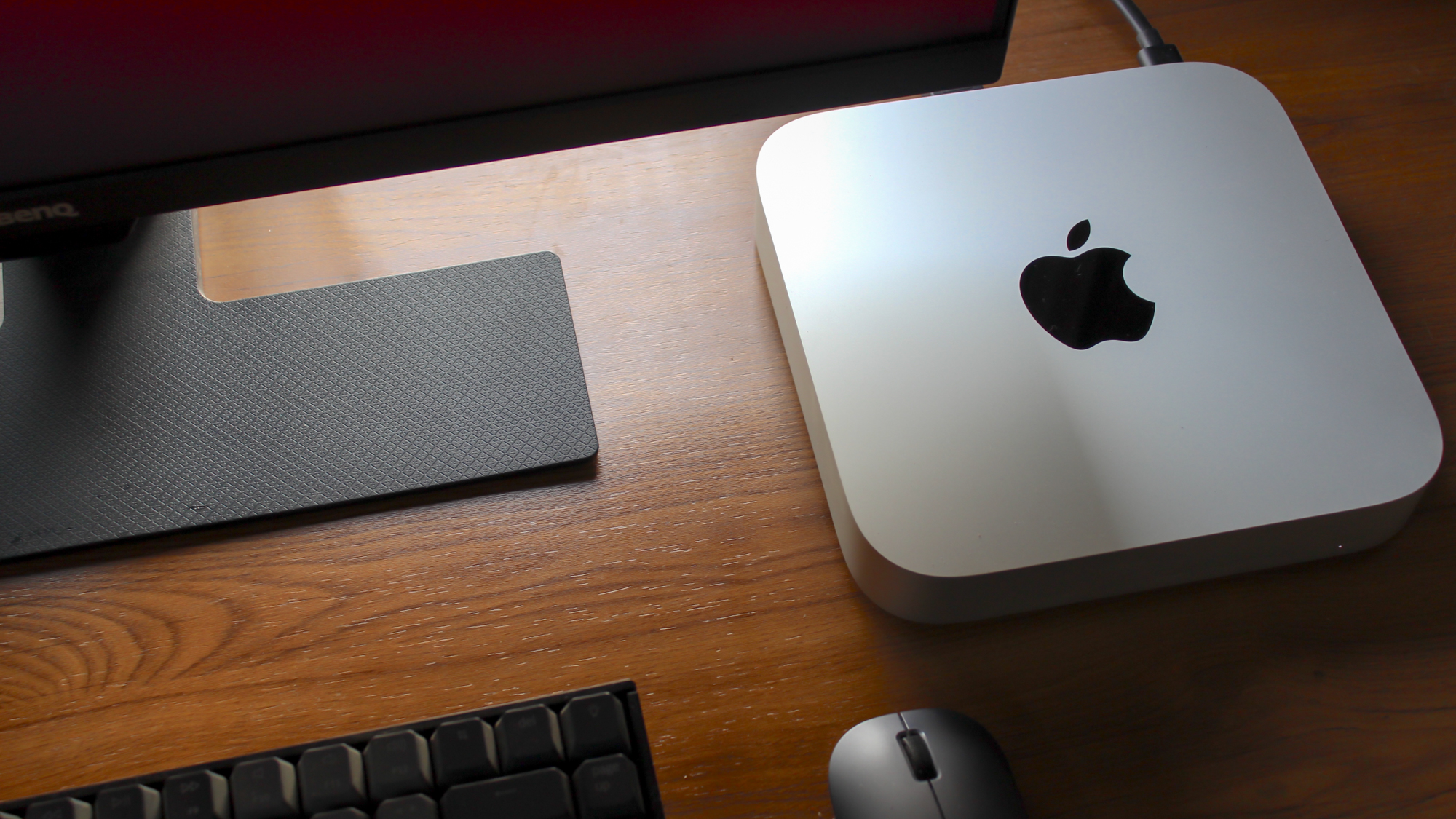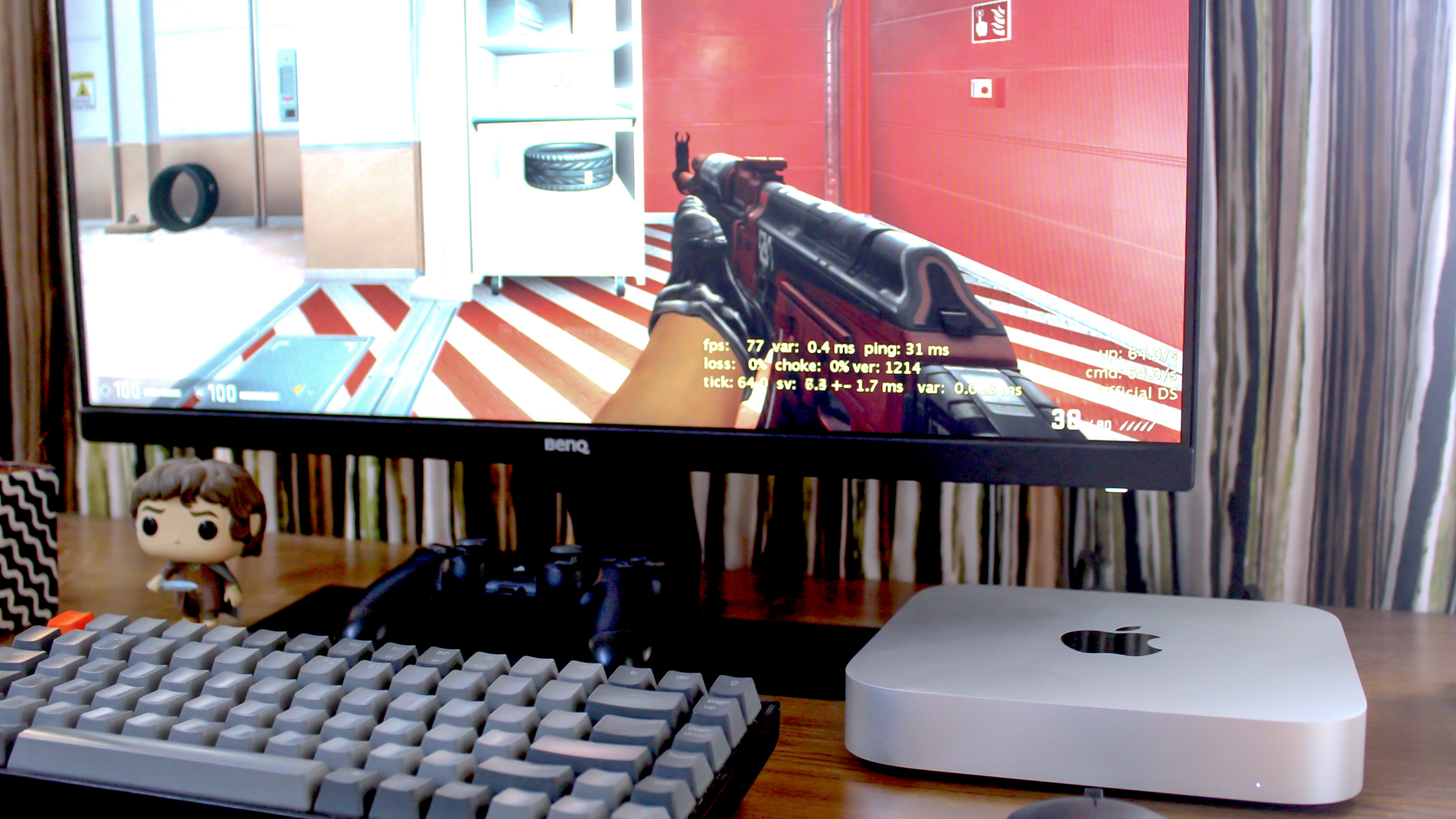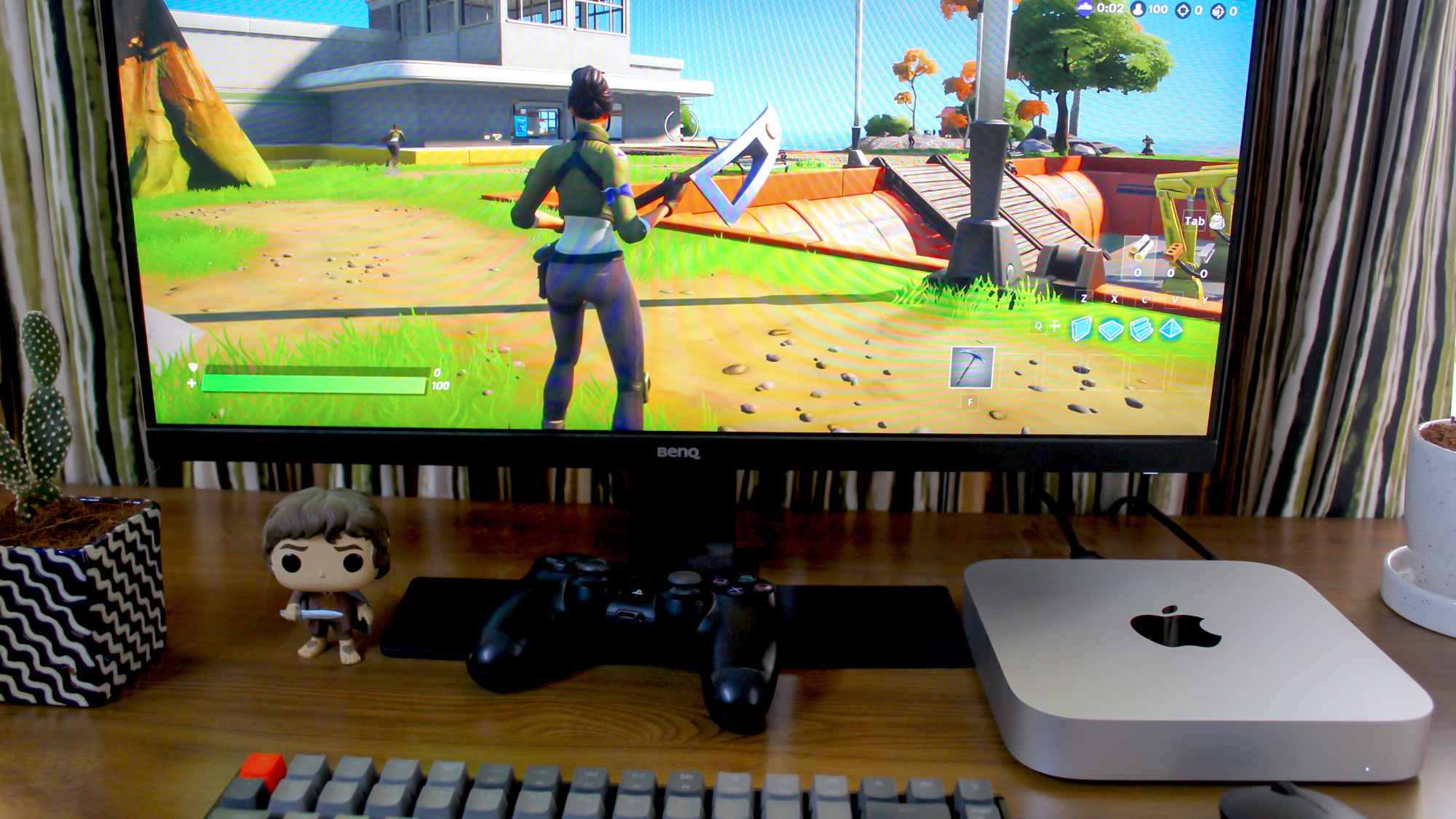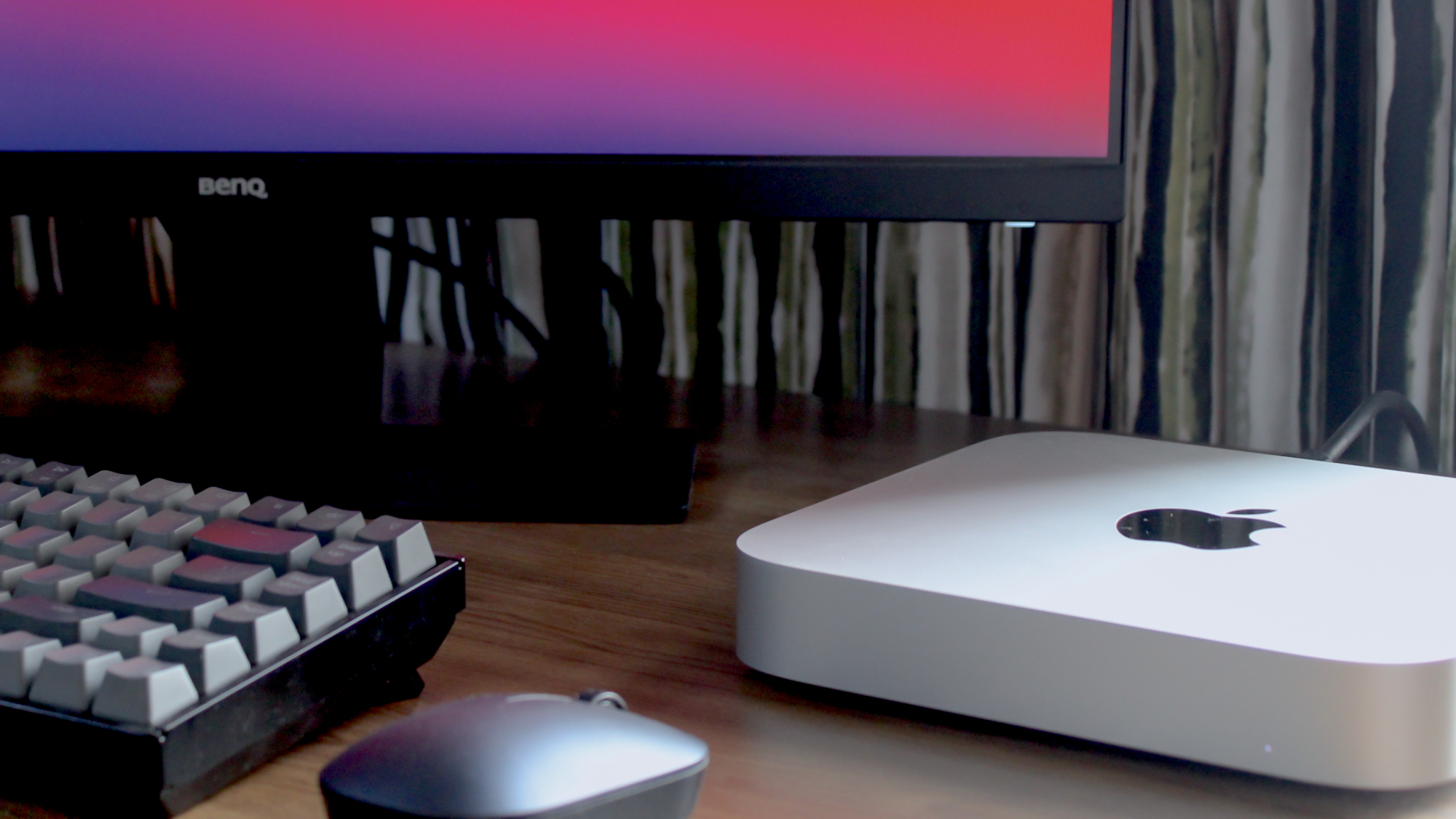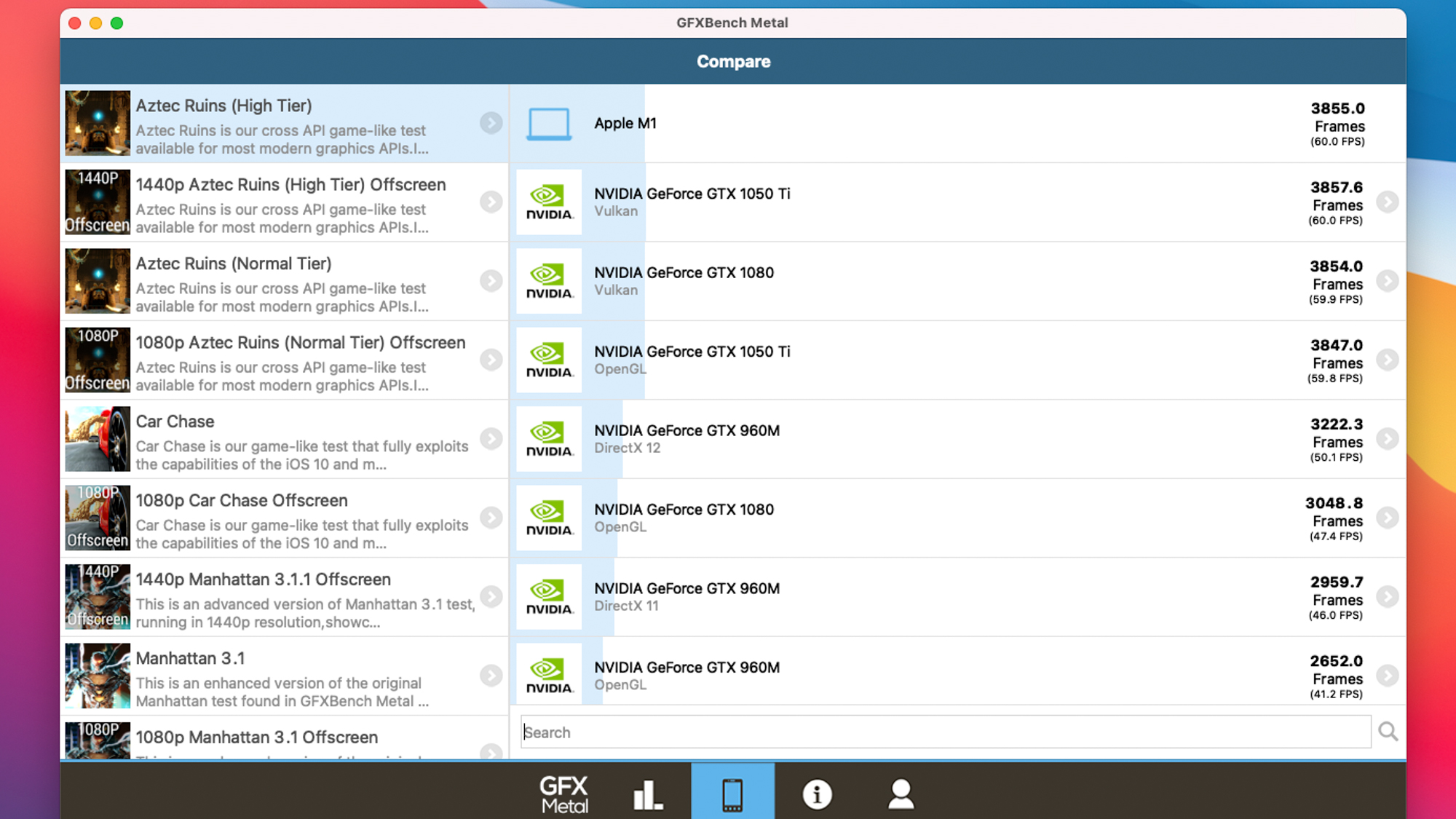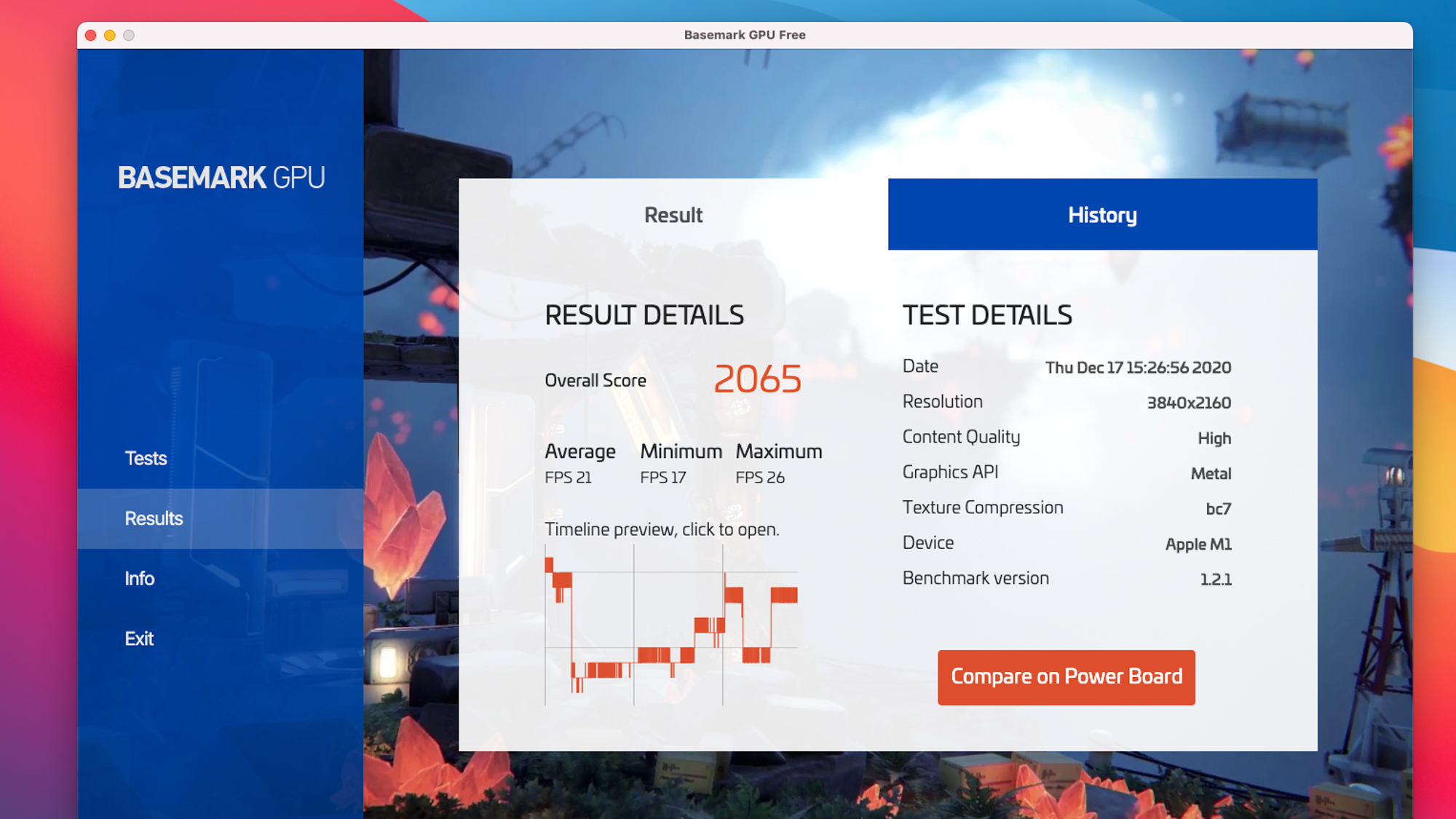Can you game on the M1 Mac mini?
Will Apple's mini desktop replace your gaming PC?
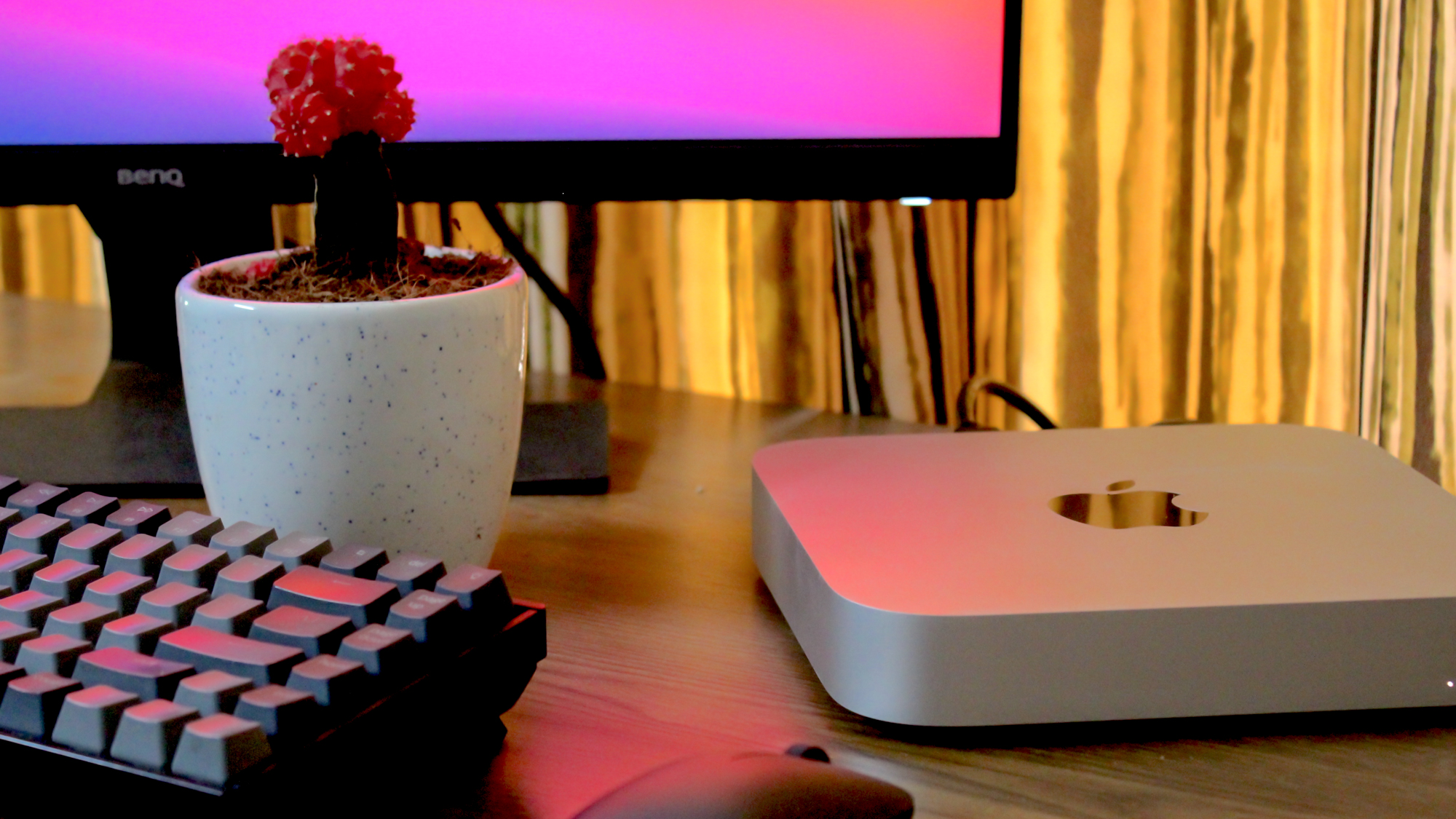
MacBooks and Mac desktops have never been gamers’ first choice. Since most of them simply don’t have enough horsepower to run high-end games, gaming studios generally don’t bother to ship macOS clients either. But Apple’s latest computers, including the new Mac mini, mark a fresh chapter: Instead of an Intel SoC, they come equipped with the company’s first in-house silicon.
Called the M1 chip, it offers a powerful set of multi-core hardware even on the base models and what Apple claims to be the “fastest graphics in a personal computer,” although the verdict is still out on that one. The M1 processor is also based on the same tech that powers your iPhone and iPad, which means you can play iOS games on your Mac computer. So what’s it like to game on the M1 Mac mini?
What’s inside our Mac mini
The Mac mini we’re testing is the entry-level $700 variant. It features the same M1 chip as the more expensive option, 8GB of RAM, and a 256GB SSD. You can configure it with up to 1TB of storage.
Apple’s M1 processor itself has an eight-core CPU, four of which are performance cores and the rest are designed for efficiency. Alongside is an 8-core integrated GPU that Apple claims delivers “up to 6x faster GPU performance” compared to its Intel-powered rivals and predecessors, and 2.6 teraflops of throughput. Unlike the MacBook Air, on which one of these GPU cores is disabled for longer endurance, the Mac mini is capable of taking advantage of all eight of them.
Desktop Games Performance on M1 Mac mini
Availability for desktop games has always been limited on the Mac. Even popular titles like PlayerUnknown’s Battleground (PUBG) have yet to make their way onto macOS. On the M1 chip, the majority of them -- at least until developers update their games for it -- are translated through Rosetta, Apple’s transition layer that enables you to use software built for Intel processors. While GPU processes don’t demand as much support from third-party developers as the ones that primarily rely on the CPU like a web browser, it’s best to keep in mind that truly compatible apps always lead to better performance. The odds were against the Mac mini here.
So I was pleasantly surprised when I discovered several resource-intensive games ran just fine on my M1 Mac mini. I was able to play titles such as Counter-Strike Global Offensive and the 2018 Shadow of the Tomb Raider at the highest 1080p settings (even with a Bluetooth-enabled PS4 controller) and averaged around 40fps. I did have to compromise on visuals to push it to 60fps, however, by turning down the overall graphics to medium as well as disabling finer attributes like shadow details. Similarly, Fortnite and Rocket League were playable, although both of these games have been discontinued for macOS.
I did face the occasional stutter, especially when I was engaged in a high-activity scenario like an online multiplayer gunfight in CS: GO and Fortnite. On the other hand, graphics-heavy games that don’t require constant engagement, such as Firewatch, have no troubles and can be played at the highest settings. The M1 Mac mini also handled games on the Mac App Store with ease as Asphalt 9 rendered much smoother than the games I tried from Steam or other marketplaces.
Sign up to receive The Snapshot, a free special dispatch from Laptop Mag, in your inbox.
Another highlight of the Mac mini’s GPU performance is just how well it manages heat. Over a week of testing, the device’s temperature barely hit warm levels and I could never get the fan to spin despite opening multiple games like CS: Go and Fortnite at the same time.
But by no means does the Mac mini offer an ideal gaming experience. Since gaming platforms and stores like Steam and Epic Games Installer themselves haven’t been optimized for the M1 chip yet, I often had to force-quit games and restart them to get past the loading screen. You can avoid these setbacks by playing through Windows virtual machines, but again, you’ll have to settle with inferior FPS and graphics results.
Furthermore, unlike its Intel counterpart, you can’t augment the M1 Mac mini’s horsepower by plugging in to an external GPU. So while the new Mac mini’s performance does impress, it will always remain restricted to its existing levels given that you can’t upgrade the RAM either.
iOS Games Performance on M1 Mac mini
Of course, one of the perks of M1’s ARM architecture is that it allows you to, in addition to playing traditional desktop games, run iOS games on your Mac. Many of them including Among Us and Monument Valley 2 have already been updated for the M1 chip and you can play them without any hiccups -- other than the fact that you’ll have to rely on your mouse and keyboard instead of a touchscreen, which makes many of them practically unusable.
But even the iOS games that are not officially available on the Mac App Store yet, like Call of Duty: Mobile, work alright and, thanks to the latest Big Sur 11.1 update, you can easily play them at full screen.
GPU Benchmarks
We also ran a few benchmark tests on the M1 Mac mini to put it through its paces and check whether its raw performance lives up to Apple’s claims.
In both GFXBench and Basemark (which is M1 optimized), the latest Mac mini left its predecessors and several other Apple notebooks with dedicated GPUs in the dust. It managed to produce a score of 3,855 frames in one of GFXBench’s high-tier tests and outperformed discrete GPUs, such as the Nvidia GeForce GTX 1080 Ti. Basemark’s leaderboards reveal that the M1 Mac mini is nearly 50% faster than the 2018 Mac mini connected to an AMD Radeon RX 560 eGPU.
The M1 Mac mini may suit the casual gamer who, now and then, plays Counter-Strike or Among Us but for others, the absence of eGPU support is a dealbreaker and you’ll have a better experience with a similarly priced Windows PC or an affordable gaming notebook.
Shubham Agarwal is a freelance technology journalist from Ahmedabad, India. His work has previously appeared in Business Insider, Fast Company, HuffPost, and more. You can reach out to him on Twitter.
